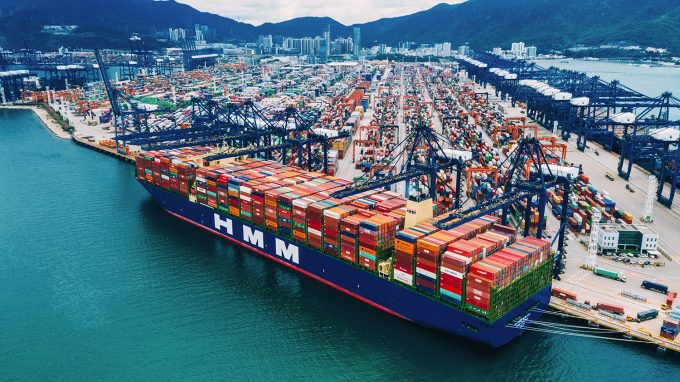Taiwan and South Korea lines don't fear US levy on Chinese ships
Taiwanese and South Korean liner operators are likely to be those least impacted by the ...

South Korea’s national flagship carrier, HMM, reported a net profit of $2.24bn in the second quarter, for a $4.62bn half-year result – but is decidedly pessimistic on the outlook.
Similarly, last week, Maersk said it expected “a progressive decline” from the fourth quarter, and ONE has so far declined to forecast earnings for its full year, ending on 31 March, due to “market uncertainties”.
Nevertheless, with a very profitable third quarter now guaranteed for the sector, John McCown, founder of New York-based ...
'Disastrous' DSV-Schenker merger would 'disrupt European haulage market'
'Chaos after chaos' coming from de minimis changes and more tariffs
List of blanked transpac sailings grows as trade war heats up and demand cools
Shippers in Asia restart ocean shipment bookings – but not from China
Forto 'sharpens commercial priorities' as it lays off one-third of staff
India withdraws access for Bangladesh transhipments, in 'very harmful' decision
'Tariff hell' leaves industries in limbo – 'not a great environment to plan'
Temporary tariff relief brings on early transpacific peak season
Pre-tariff rush of goods from US to China sees air rates soar, but not for long
De minimis-induced ecommerce demand slump could cripple freighter operators
Asian exporters scramble for ships and boxes to beat 90-day tariff pause
Forwarders 'allowing the fox into the chicken run' by supporting 'hungry' carriers
Hapag 'took the bigger risk' when it signed up to Gemini, says Maersk
'Restoring America's maritime dominance' – stop laughing at the back of the class
Navigating tariffs: 'like trying to solve a Rubik's cube while colour-blind'

Comment on this article